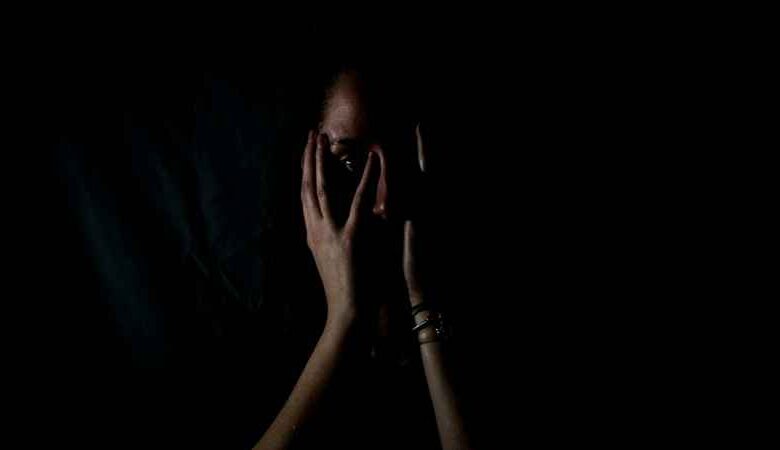How Hyperarousal Affects Your Perception Of Haunted Locations

Hyperarousal is a state of heightened alertness and sensitivity to stimuli. It is a physiological and psychological condition often associated with stress and anxiety, that is particularly relevant to ghosts and hauntings. When a person is in a state of hyperarousal, their body and mind are on high alert, ready to react to any perceived threat or unusual occurrence.
When in a state of hyperarousal, an individual is more likely to notice small noises, changes in temperature, or movements in their peripheral vision. In a potentially haunted location, these heightened senses can make ordinary events, like the creaking of a floorboard or a draught of cold air, seem much more significant and eerie.
If someone already believes that a location is haunted, their heightened state of alertness can make them more likely to interpret ambiguous stimuli as paranormal. For example, a faint sound might be perceived as a whisper from a ghost rather than just the wind.
The state of hyperarousal can affect memory and perception, causing people to remember events differently or more vividly. This can lead to more intense and detailed recollections of supposed paranormal experiences, again reinforcing their belief in the haunting.
Difficulty sleeping is a common symptom of hyperarousal. A lack of sleep can lead to increased fatigue and stress, which can, in turn, heighten the state of hyperarousal. This cycle can make a person more susceptible to experiencing and interpreting paranormal events.
It is essential for paranormal investigators to be aware of hyperarousal and its effects when investigating haunted locations. This can help ghost hunters remain objective and cautious, ensuring they don’t jump to conclusions based on heightened perceptions. By recognising the signs of hyperarousal, ghost hunters can take steps to calm themselves, maintaining a balanced and controlled approach during investigations. Understanding hyperarousal also ensures that investigators are less likely to report false positives or exaggerated claims.
Hyperarousal can also be infectious in team dynamics during an investigation. If one member is highly anxious or jumpy, it can influence the entire team’s perception and behaviour. Being aware of hyperarousal can help team members support each other, ensuring that everyone remains calm and focused.
Proper preparation can help ghost hunters stay calm and recognise when they are experiencing hyperarousal. Even a quick chat before starting the investigation about roles, equipment, and what to expect can help set a more structured and calm tone. Ensure you are well-rested before an investigation. Fatigue can heighten anxiety and susceptibility to hyperarousal. Spend some time getting familiar with the location in daylight if possible. Knowing the layout, potential hazards, and normal sounds of the building can reduce surprises during the investigation.
Enter the investigation with an open mind but also with the understanding that not every unusual occurrence is paranormal. This balanced perspective can help manage hyperarousal by setting realistic expectations. Throughout the investigation, keep reminding yourself of the logical explanations for what you might experience.
These strategies can help maintain a clear and objective mindset, ensuring that the experiences and evidence collected are as reliable and accurate as possible. By recognising the signs and effects of hyperarousal, ghost hunters will be better able to differentiate between genuine paranormal activity and perceptions influenced by heightened alertness.



